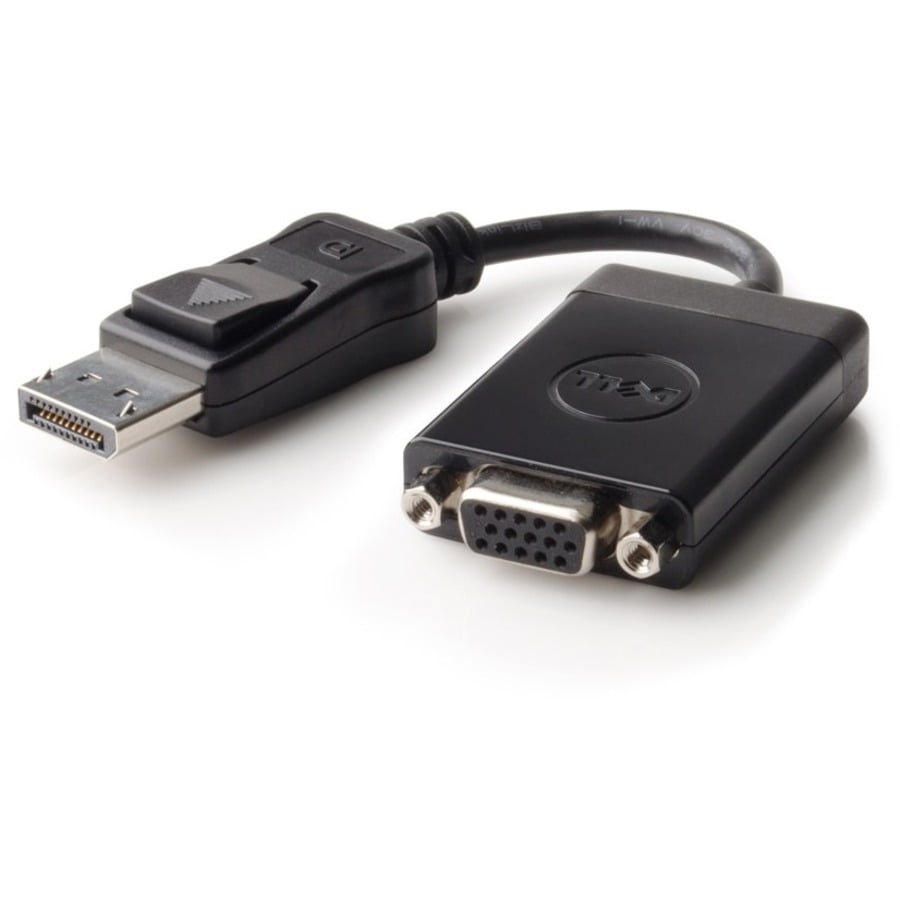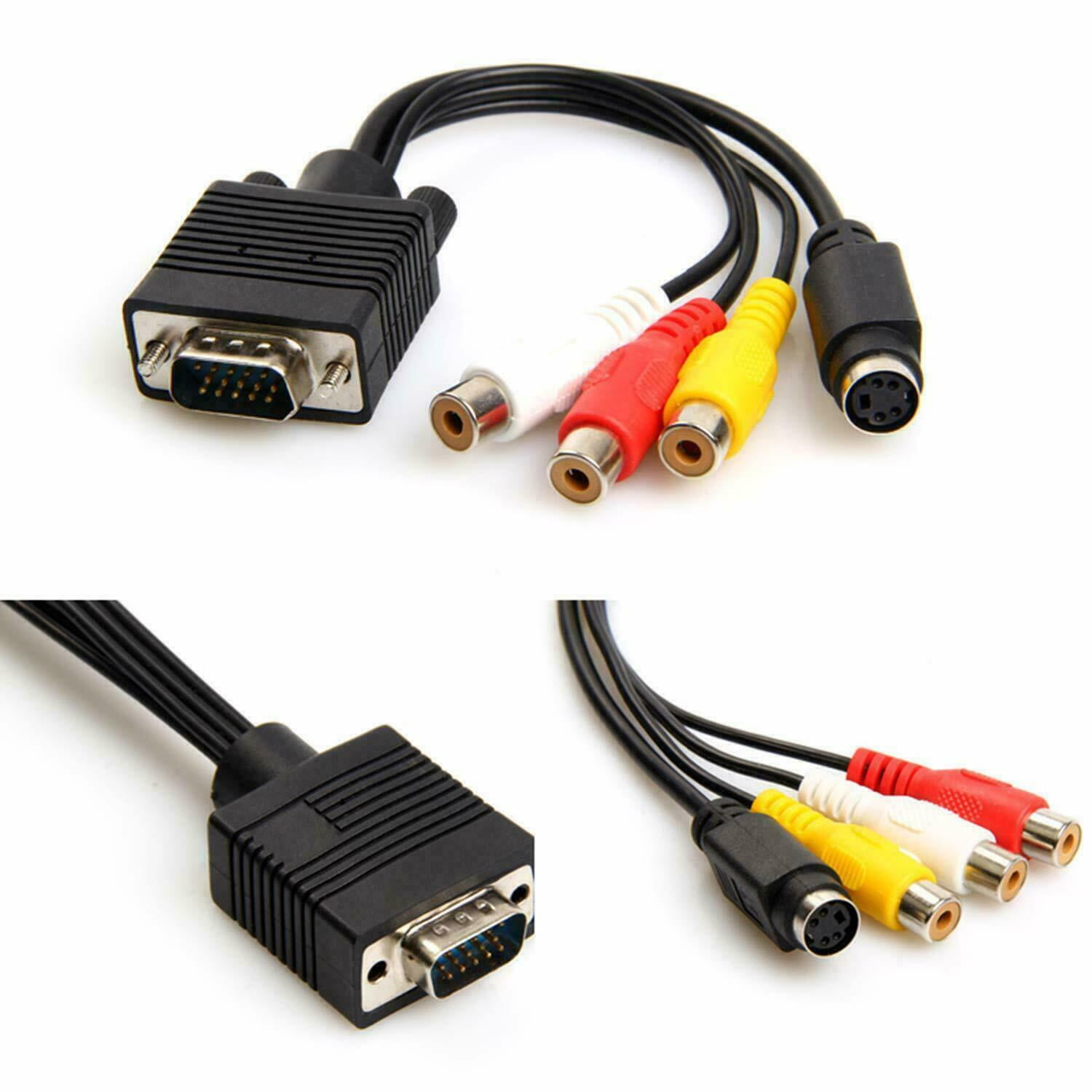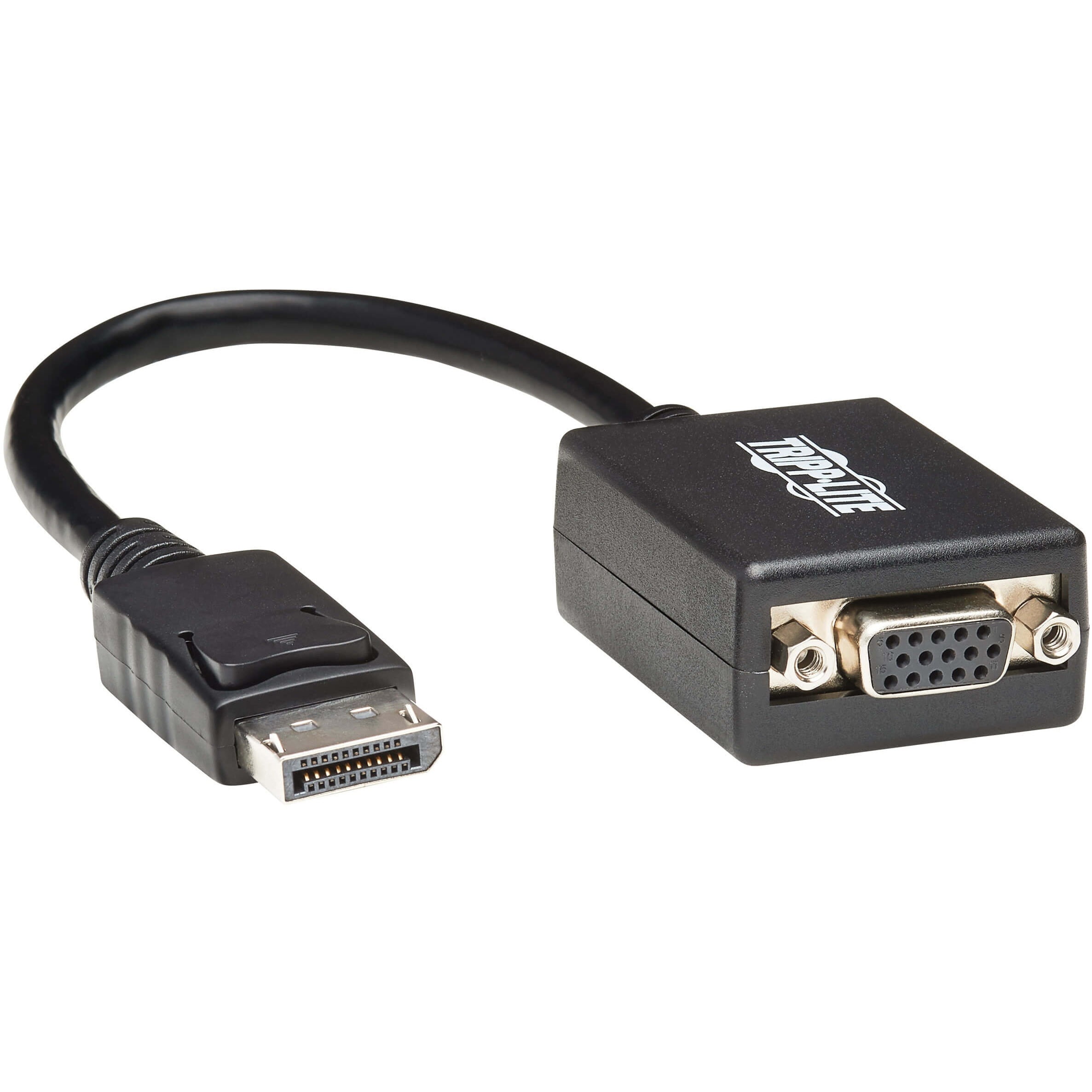



Unfortunately finding a solution proved to be a little more troublesome than I expected, so I decided to write this article in case anyone else finds themselves in this unfortunate predicament.ĭepending on the display you are using to run RetroPie (and the fact that you’ve arrived at this page) it is entirely possible that you, like me, have encountered a blank screen when booting up. You still need to select HDMI audio in most cases, to send the sound via HDMI to the adapter.Booting up RetroPie and being presented with a blank screen is an issue I have encountered on a number of occasions. Video Adapters - Some adapters (HDMI to VGA/DVI etc) don't pass sound via the main cable, so you may need to route the audio separately via the adapter using an audio cable.To correct this, try editing the config.txt file on your micro-SD card and adding the following line: hdmi_drive=2

TV Audio Mode - Sometimes a computer monitor or TV reports its preferred mode incorrectly, and this can occasionally be a mode which can't pass audio.HDMI Port - Are you plugging your HDMI cable into the left micro-HDMI port labelled 'HDMI0'? This has to be used when using only one screen.This is a good troubleshooting step to confirm it's not the image or old software causing the issue - and sometimes simply reinstalling the Raspberry Pi OS fixes these issues too. Raspberry Pi OS - Are you using a recent copy of the Raspberry Pi OS? The sound software and drivers were recently changed over to PulseAudio (Dec 2020) which has brought some vast improvements.Audio Source - Have you selected the audio source from the Raspberry Pi OS desktop? There's an audio icon you can select (right-click) to choose the audio output device.If your Raspberry Pi isn't outputting any sound, here's a list of things to try which usually resolve 99% of sound issue queries:


 0 kommentar(er)
0 kommentar(er)
